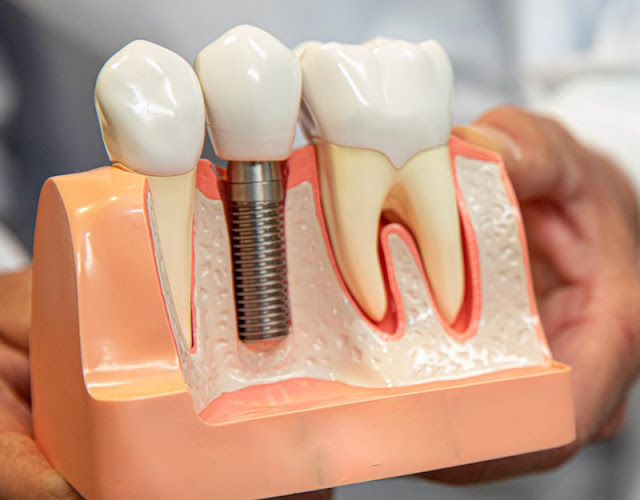Laser Dentistry And Its Role In Treating & Eradicating Periodontitis
Periodontal disease is common among many people, especially adults. It indicates the infection of tissues and roots that support a tooth. Some reasons for this ailment include poor oral hygiene, smoking, and intake of certain medications. On the other hand, it can lead to other body issues like cardiovascular disease, diabetes, and even heart failure. Conventional treatments for this disease include scaling and root canal treatment. But advancements in dentistry lead to the inclusion of laser dentistry procedures as a curing procedure. It removes infected tissue and helps to regenerate bone growth.
Imperative Impact
Periodontal diseases are identified by a chronic inflammation around gums that results in bleeding and pain. This is formed as a result of destructive host manifestation, which accumulates around the teeth surface and soft tissues. Such accumulation is a combined mass of bacteria, fungi, and protozoa that remains intact even when disturbed mechanically. Over time, this slimy substance develops into a hard sticky material known as calculus. One typical procedure is to disrupt this population through surgical intervention to accomplish an ideal oral environment for bone healing. But there are some limitations to this method, as it is ineffective in removing plaques present deep within root pockets. As a result, laser gum treatment surgery becomes imperative to ensure bacterial reduction.
Ideal Replacement
As cited earlier, decontaminating the inner linings of a gum line devoid of suitable technical support is tedious. In that sense, concentrating a highly focused light beam on that particular site vaporizes all the bacteria and disinfects the root surface. Upon absorption of such light, tissues react to such intensity by producing heat. This biologic effect depends on the wavelength, hand speed, and density of a tissue targeted. However, patients will not experience any discomfort or pain during this interaction, as this power is absorbed by the water molecules present inside an oral feature.
Major Benefits
As excruciating as periodontitis sounds, the treatments available to them are also painful. Many patients suffer from chronic discomfort as a result of gingivitis, along with bleeding and inflammation. Before the inclusion of laser treatments, the root canal procedure available for people involves a surgical intervention to decontaminate that infected area. But light beam therapies are completely innocuous in both application and recovery.
Another advantage of this procedure is that dentists can optimize the resection to suit individual cases. It includes varying gum volume, disease severity, and preferred results. Designing unique methods for each patient provides that additional level to an existing ideal cure. This also preserves the healthier parts of teeth, while removing cavities.
Finally, it is non-invasive and minimizes the risk of further bacterial infection. A root canal involves drilling enamel to access disease packets, but beam therapy eliminates such occurrences, as it penetrates the hard structures to clear contaminated parts. Since this procedure is precise, it minimizes the feasibilities of additional infection. It also offers better clinical results within a short range of time, while reducing any discomfort for patients.
About The Author
James John Horan is one of the most acknowledged and experienced periodontists. He received his honors from the University of Pittsburgh, and upon completion, he was awarded a specialty certificate in periodontology.



Comments
Post a Comment